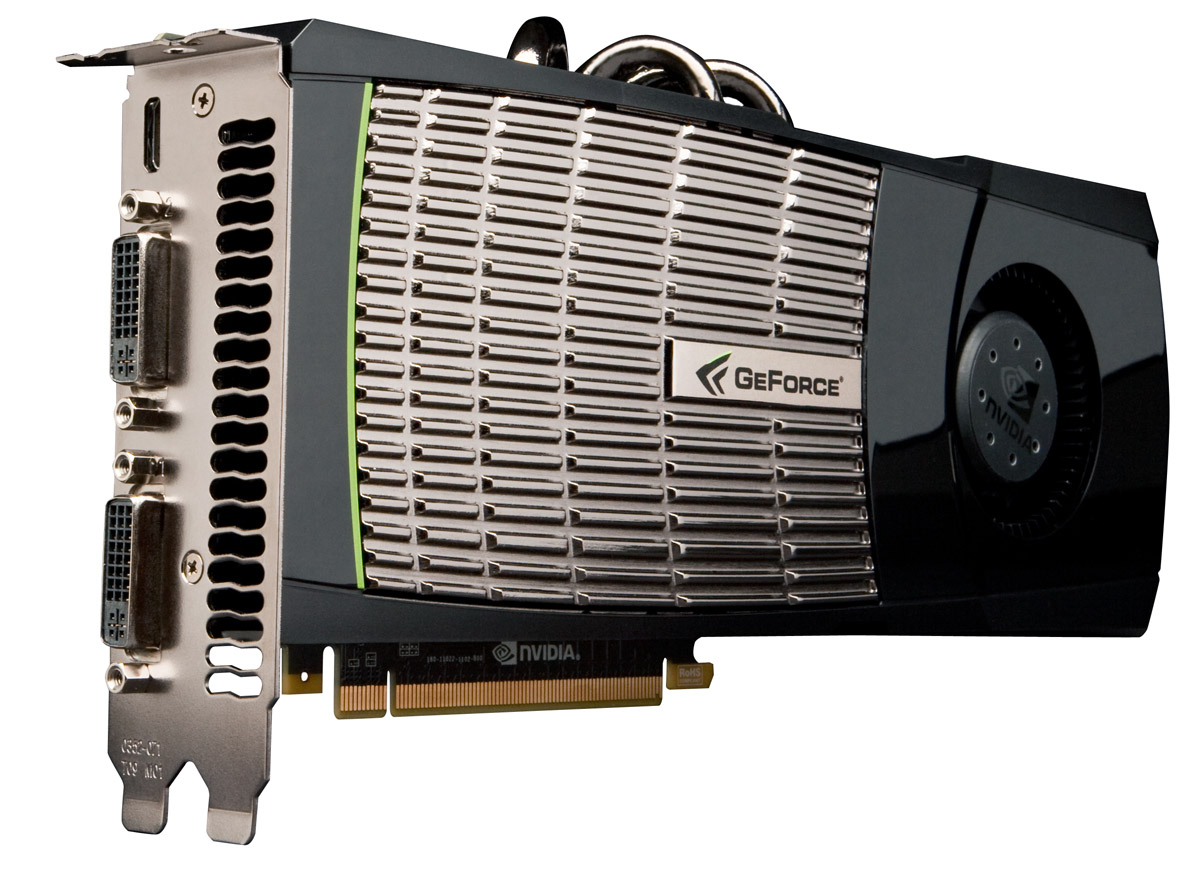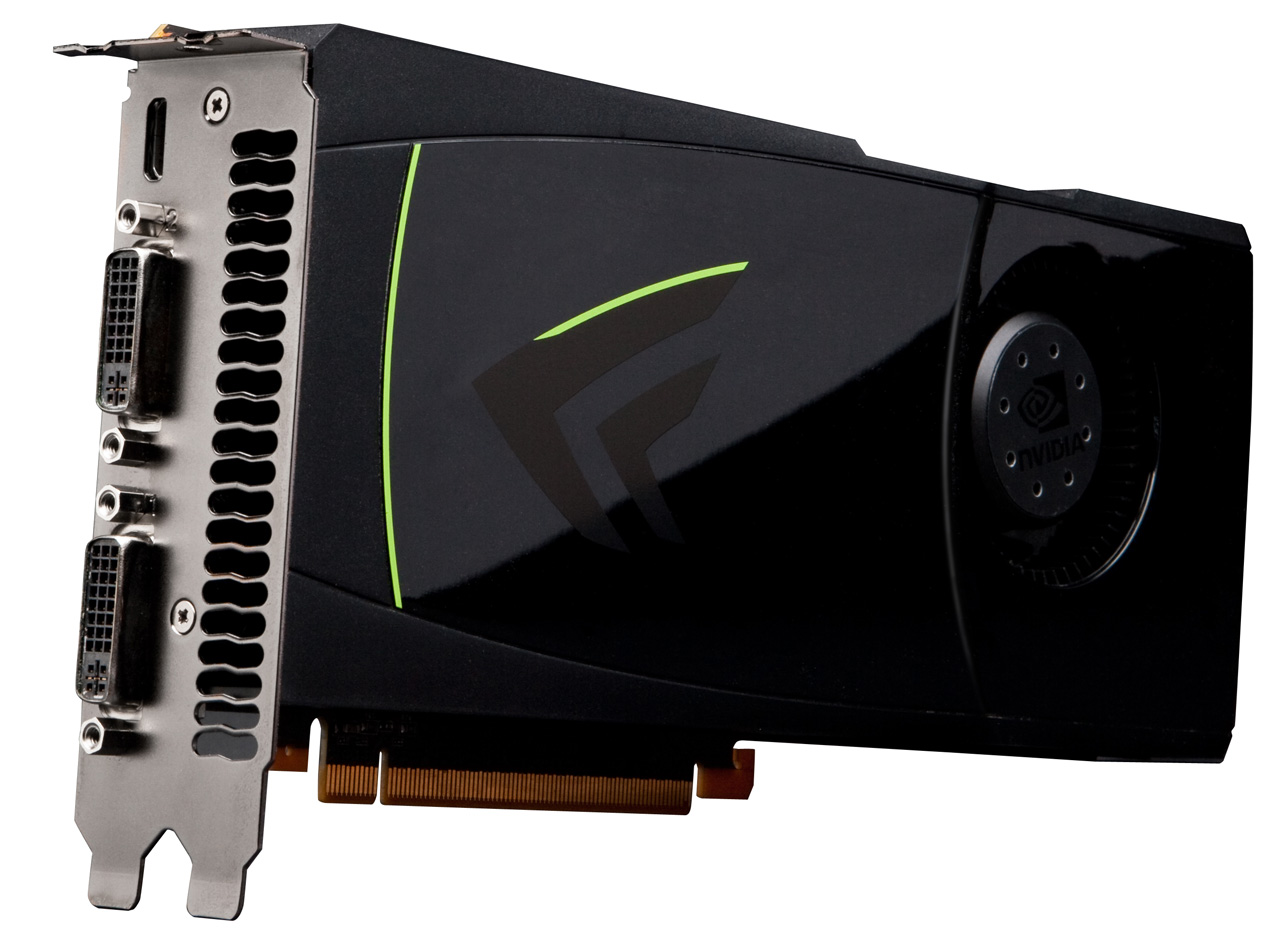GeForce GTX 480 And 470: From Fermi And GF100 To Actual Cards!
The Way It’s Meant To Be Played?
As hardware enthusiasts, it’s only natural to follow the news about upcoming launches. Power users begin formulating their opinions as soon as the first specs get tossed around, regardless of whether they’re official or not. Some of the longest forum threads I've ever read were rumor mill postings from very smart technologists trying to guess at the next generation's capabilities.
But in the case of Nvidia’s GeForce GTX 480 and 470, the company didn’t leave much to our imaginations. As far back as September of last year, the GPU giant was waxing poetically about its compute architecture. “Mmm, that sounds nice,” we thought. In January of 2010, it described in graphic detail how GF100 (the GPU centering on its Fermi design) would cut through DirectX 11 titles heavy on geometry. “Sexy! Can’t wait to try it out.”

So, you could say that Nvidia figuratively shot itself in the foot by talking too early, since it’s now late March—almost half a year after the Fermi disclosures were made—and the first desktop-class cards employing the design landed in our Southern California lab one week ago.
They’re not for sale yet. Nvidia says the initial round of cards, manufactured in-house, is shipping to the channel and should be available the week of April 12th (in two and a half weeks). Subsequent boards will come from the company’s partners sometime next month. What will availability look like? According to Nvidia, it’s shipping tens of thousands of GF100-based cards at launch, and by the middle of April, anyone willing to spend $500 on a GeForce GTX 480 or $350 on a GeForce GTX 470 should be able to buy one. Rest assured we’ll stay on top of pricing and availability in our Best Graphics Cards For The Money column.
Of course, AMD was similarly ambitious about availability of its Radeon HD 5800-series cards at launch, and we saw how that one played out. Even now, TSMC’s 40nm struggles spell availability issues on all DirectX 11-class cards.
History Is History
Regardless of the fact that Nvidia is entering the Windows 7/DirectX 11 market six months after its competitor, the company is here now. All of the delays have led up to this point, where we get two graphics cards to compete against the nine Radeon HD 5000-series models AMD has launched since its mad rush began. And, given the $500 and $350 price points, our comparison is further narrowed, since it’s only really the Radeon HD 5850, 5870, and 5970 that populate AMD’s enthusiast-class high-end segment. So, those are the cards you’ll see compared to these two in our benchmark suite. Two thirds of ATI’s DirectX 11 lineup is, as of now, still competition-less—providing DirectX 11 support is at the top of your buying criteria, of course.
Stay On the Cutting Edge: Get the Tom's Hardware Newsletter
Get Tom's Hardware's best news and in-depth reviews, straight to your inbox.
We’re also adding AMD’s last-generation flagship, the Radeon HD 4870 X2, Nvidia’s, the GeForce GTX 295, and the company’s previously-quickest single-GPU card, the GeForce GTX 285.

Of course, the gaming community’s initial concern was that Nvidia conceptualized the Fermi architecture principally with compute performance in mind, leaving the GPU's traditional role of speeding up the latest games a secondary objective. There’s no question that the architecture (and by proxy, the GF100 GPU centering on it) is designed to drive the company’s Tesla family into increasingly-demanding supercomputing environments through the implementation of ECC memory and augmented double-precision performance. Nvidia will succeed here. The potential gains of parallelizing certain technical workloads are enormous, and Nvidia’s investment in software development means it has a formidable head start over AMD and Intel in this growing market. What remains to be seen is how the GF100 handles “everything else.”
Here’s where we answer whether the GF100 GPU can hold its own in gaming. The stage is set, the players are in their places, we have a handful of new tests to present, and the results are interesting, to say the least. Let’s meet Nvidia’s new GeForce GTX 480 and 470, and get this show on the road.
Current page: The Way It’s Meant To Be Played?
Next Page Nvidia’s GF100 Gets Scaled Back-
restatement3dofted I have been waiting for this review since freaking January. Tom's Hardware, I love you.Reply
With official reviews available, the GTX 480 certainly doesn't seem like the rampaging ATI-killer they boasted it would be, especially six months after ATI started rolling out 5xxx cards. Now I suppose I'll just cross my fingers that this causes prices for the 5xxx cards to shift a bit (a guy can dream, can't he?), and wait to see what ATI rolls out next. Unless something drastic happens, I don't see myself choosing a GF100 card over an ATI alternative, at least not for this generation of GPUs. -
tipoo Completely unimpressed. 6 months late. Too expensive. Power hog. Performance not particularly impressive. The Radeon 5k series has been delivering a near identical experience for 6 months now, at a lower price.Reply
-
tpi2007 hmmm.. so this is a paper launch... six months after and they do a paper launch on a friday evening, after the stock exchange has closed.. smart move by Nvidia, that way people will cool off during the weekend, but I think their stocks won't perform that brilliantly on monday...Reply -
Godhatesusall high power consumption, high prices along with a (small, all things considered) performance edge over ATI is all there is. Are 100$ more for a gtx 480 really worth 5-10% increase in performance?Reply
Though the big downside of fermi are temps. 97 is a very large(and totally unacceptable) temperature level. IMO fermi cards will start dying from thermal death some months from now.
I just wanted competition,so that prices would be lower and we(the consumers) could get more bang for our buck. Surely fermi doesnt help alot in that direction(a modest 30$ cut for 5870 and 5850 from ATI and fermi wont stand a chance). It seems AMD/ATI clearly won this round -
Pei-chen Wow, it seems Nvidia actually went ahead and designed a DX11 card and found out how difficult it is to design. ATI/AMD just slapped a DX11 sticker on their DX10 card and sells it as DX11. In half a year HD 5000 will be so outdated that all it can play is DX10 games.Reply -
outlw6669 Kinda impressed :/Reply
The minimum frame rates are quite nice at least...
Lets talk again when a version with the full 512 SP is released.
